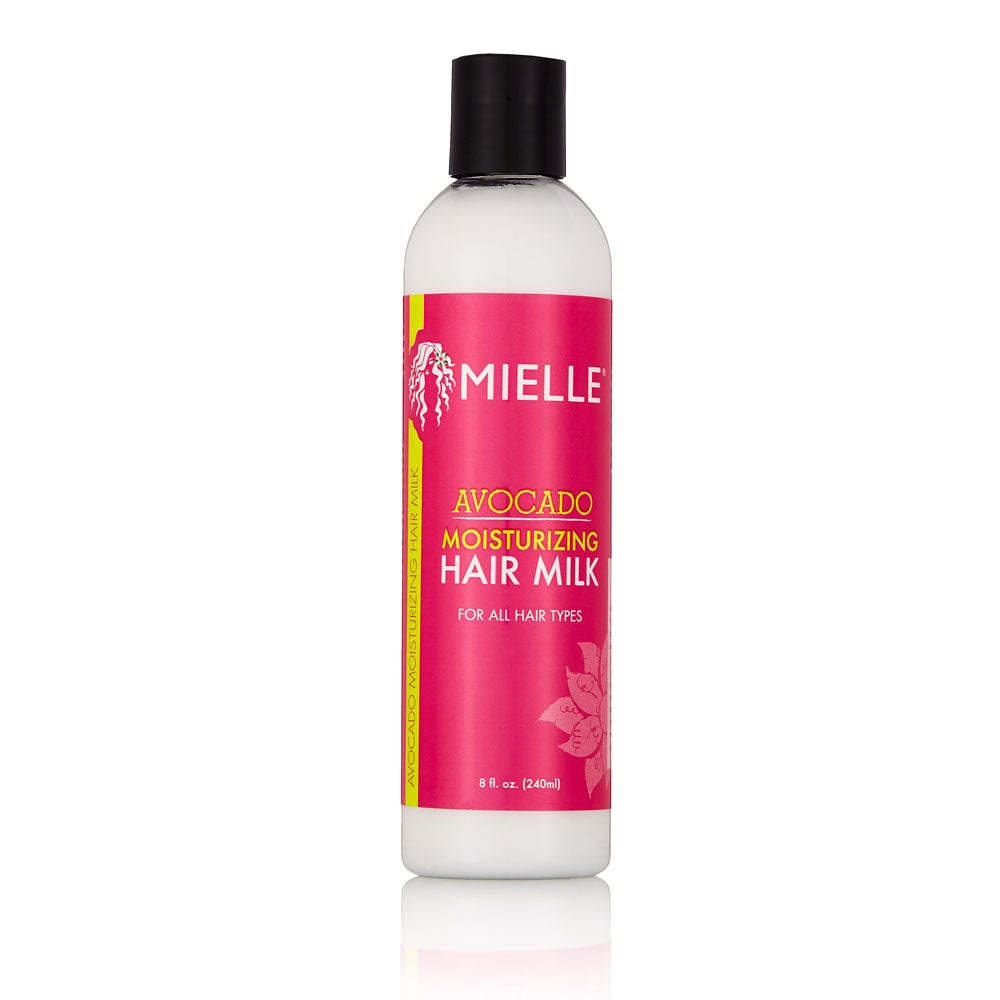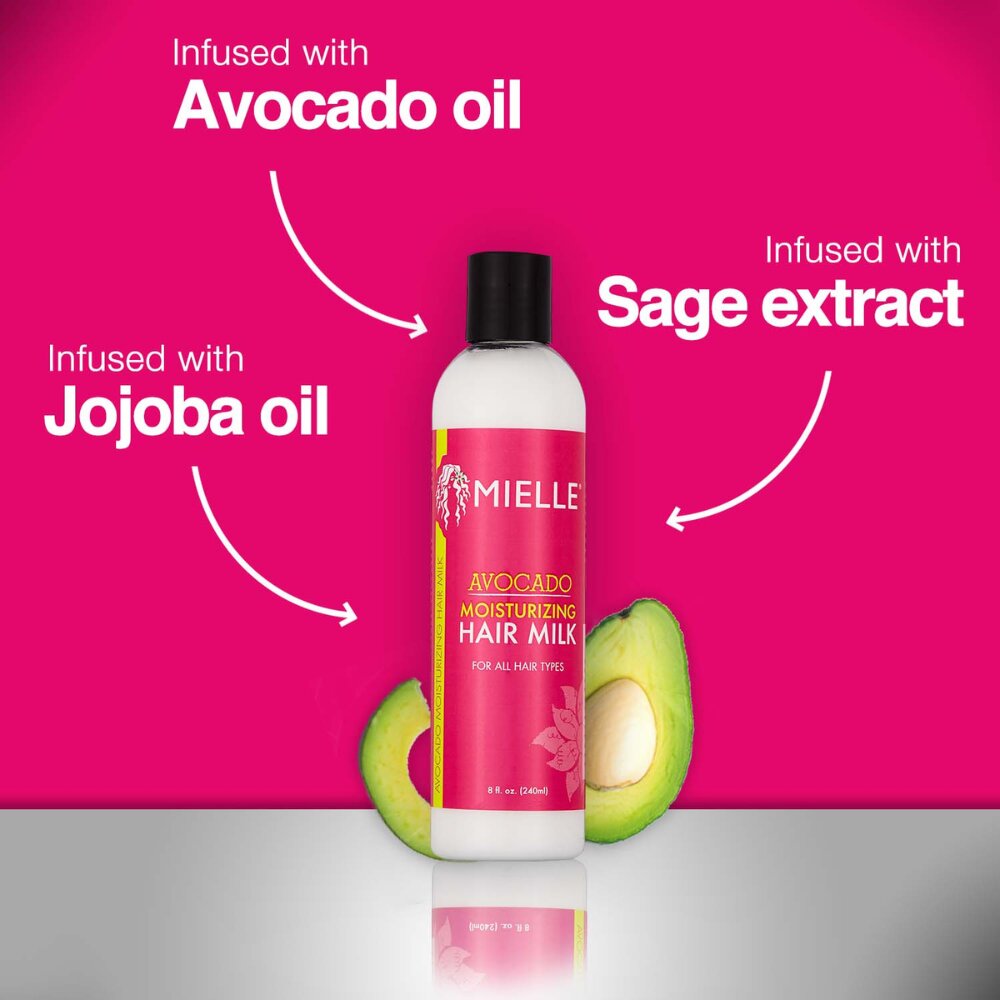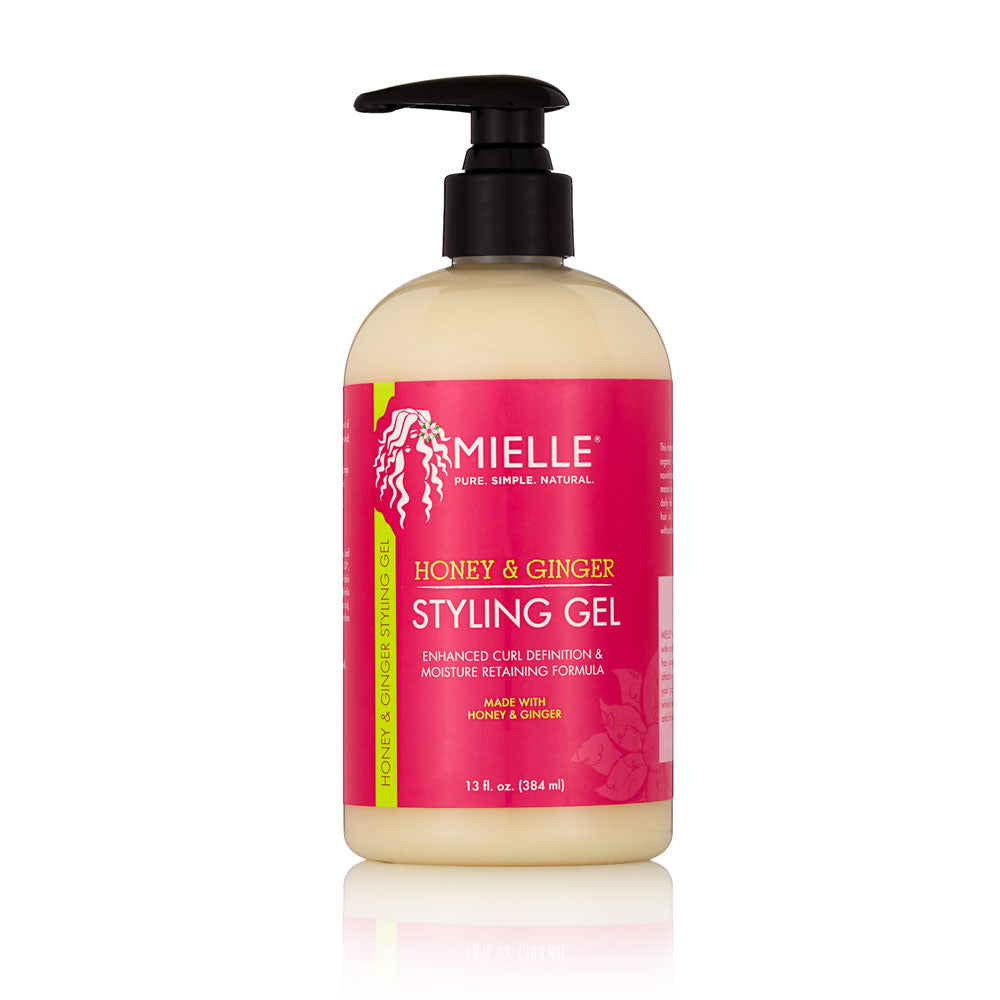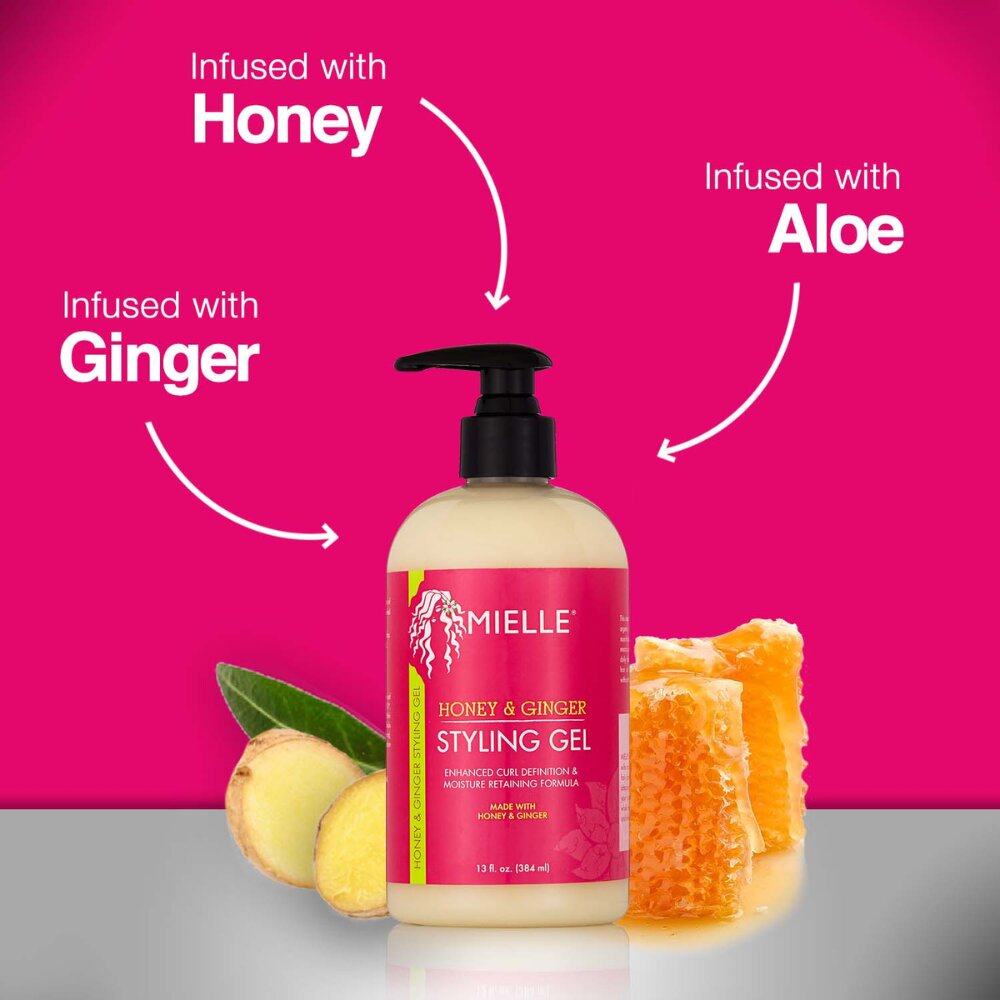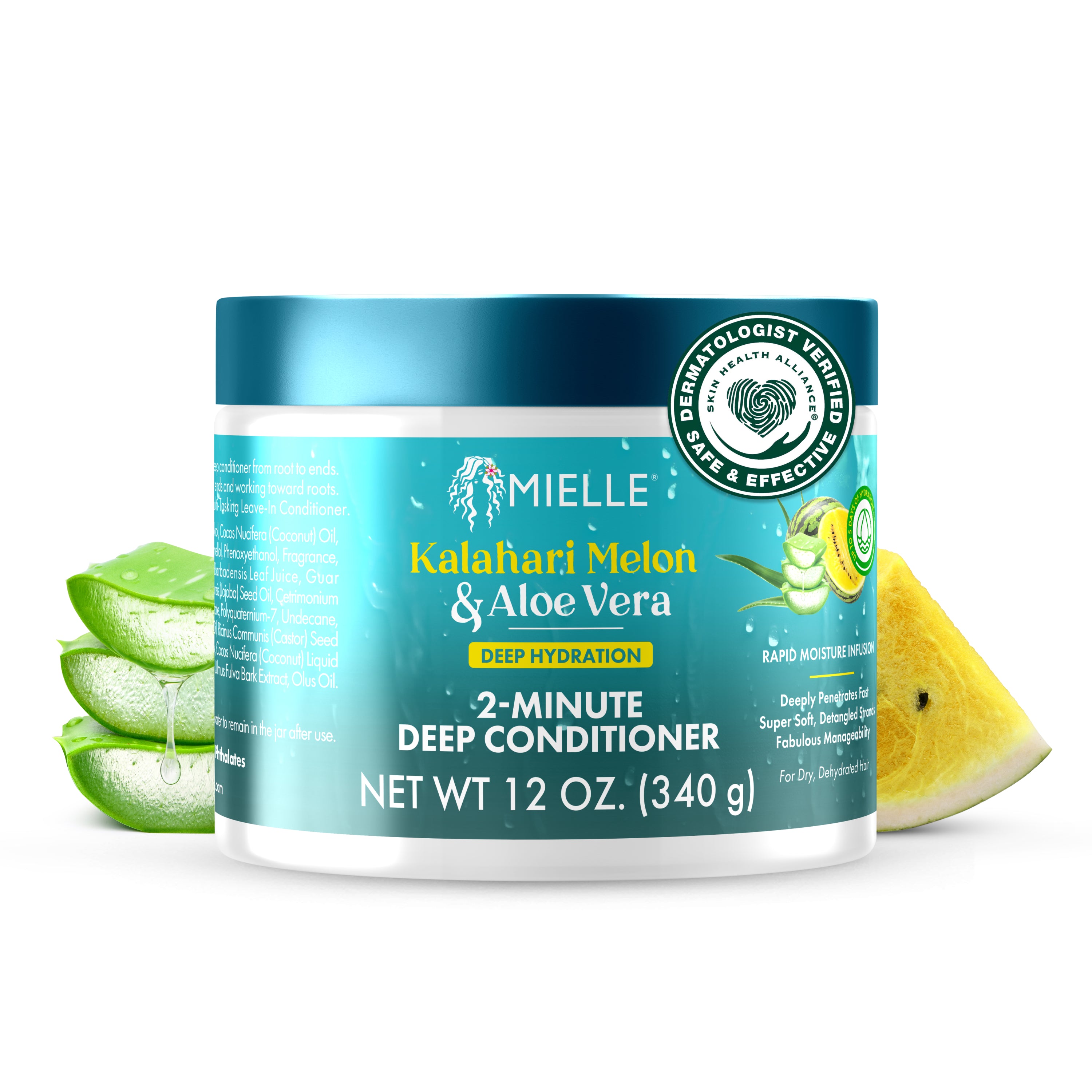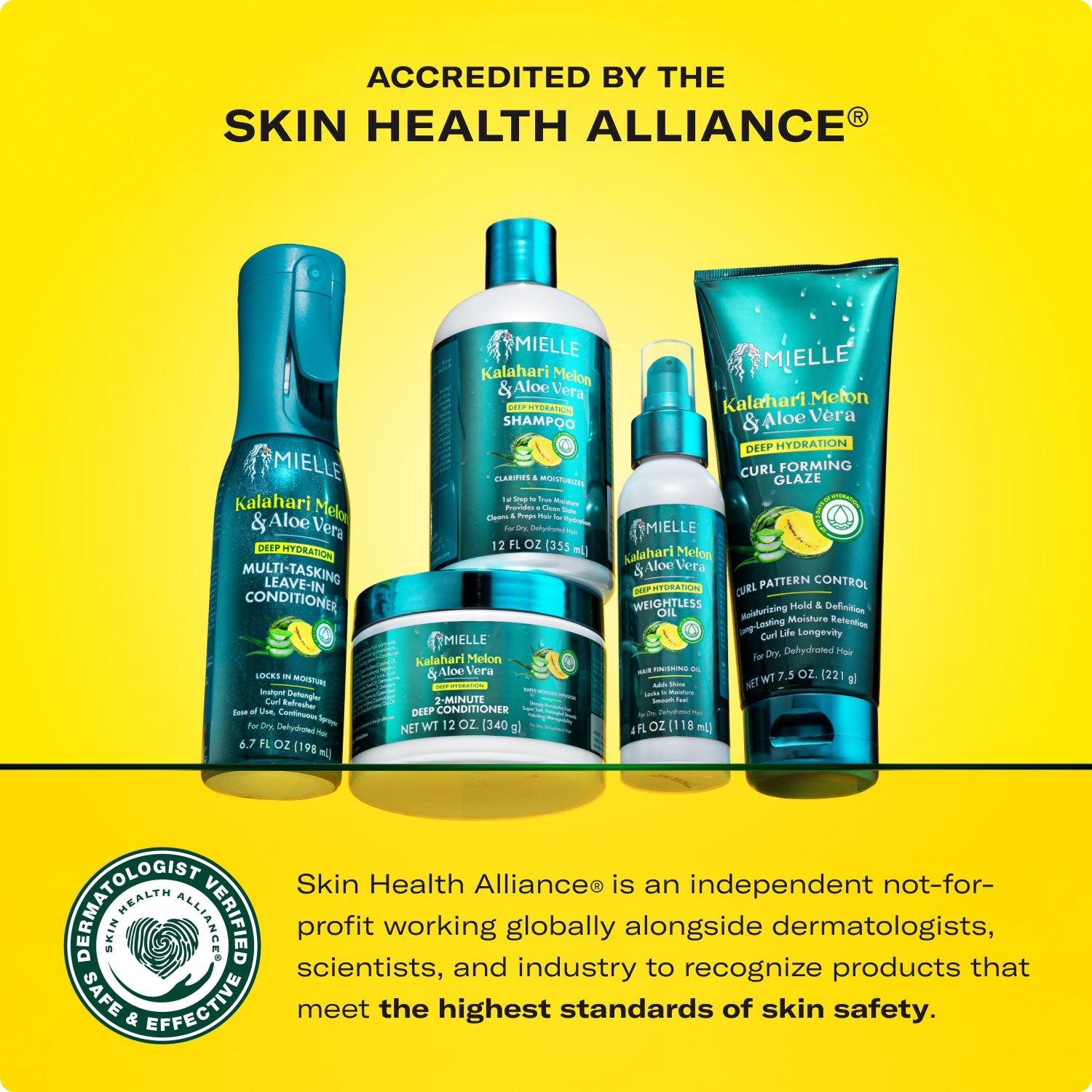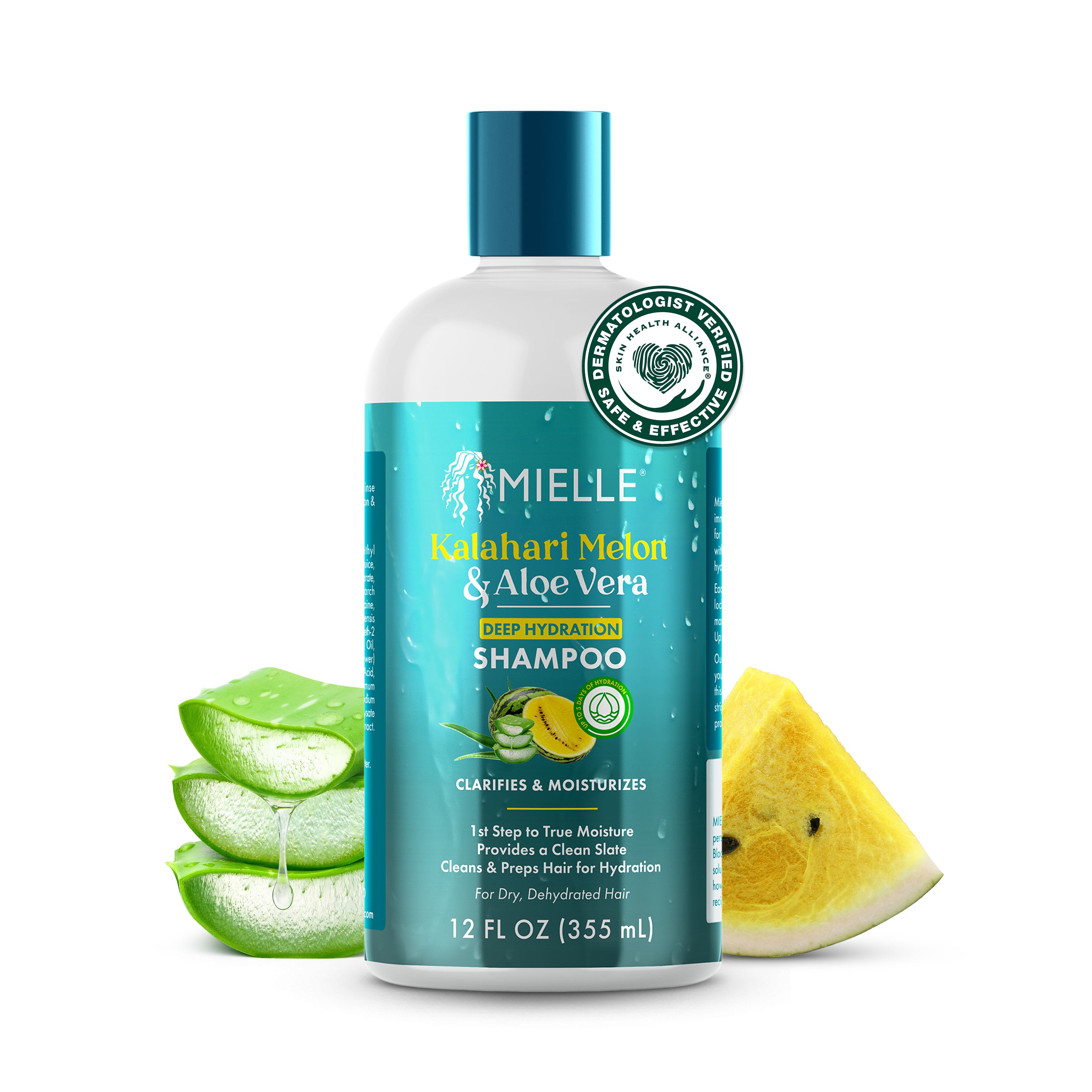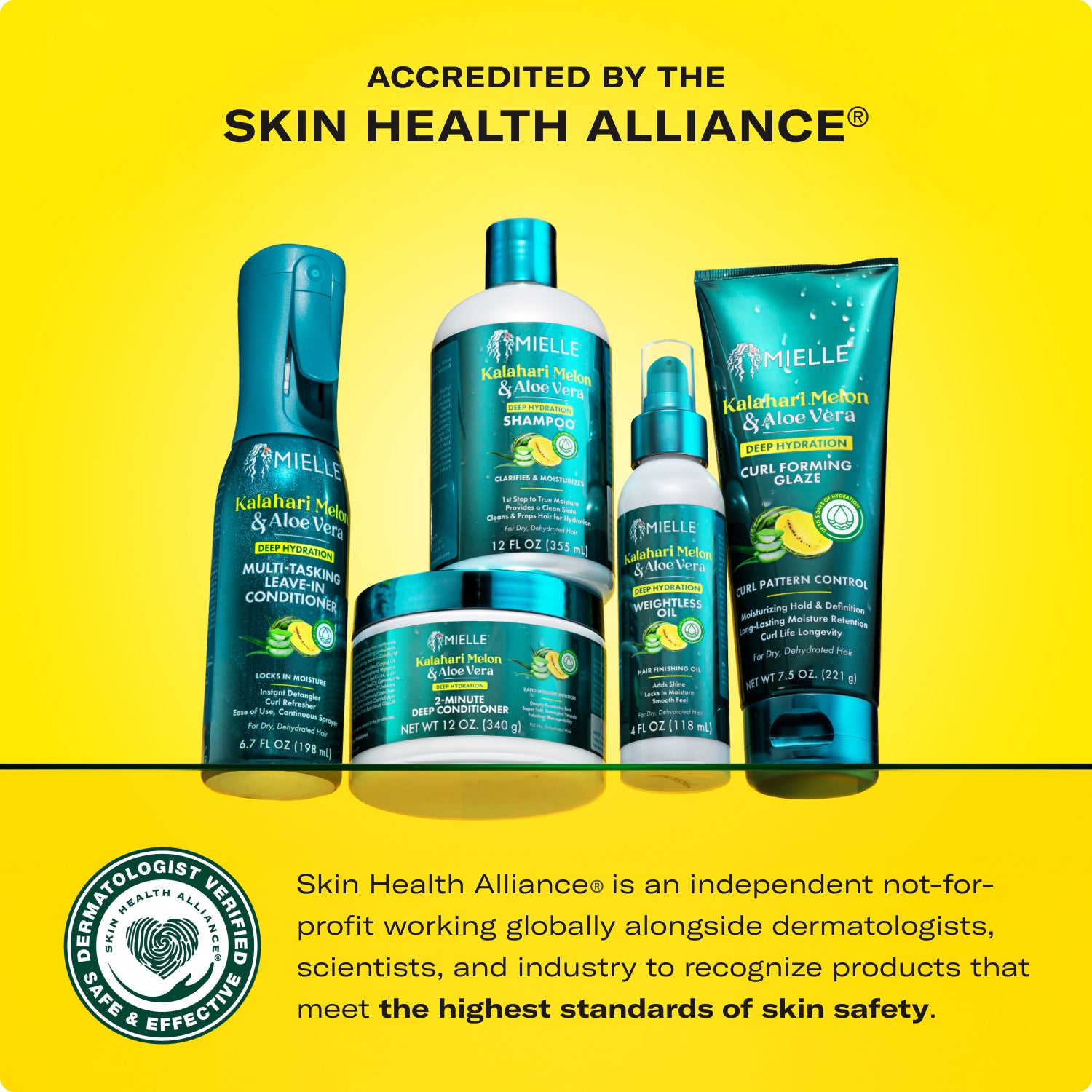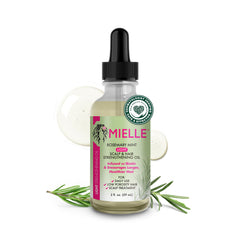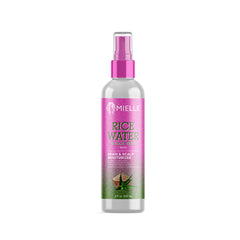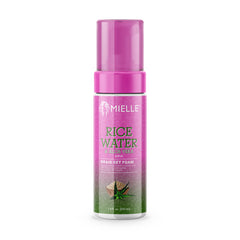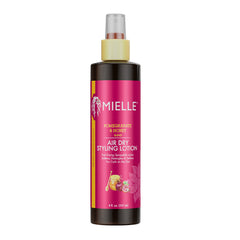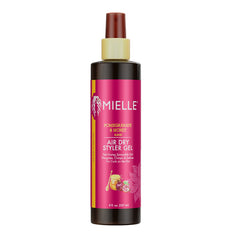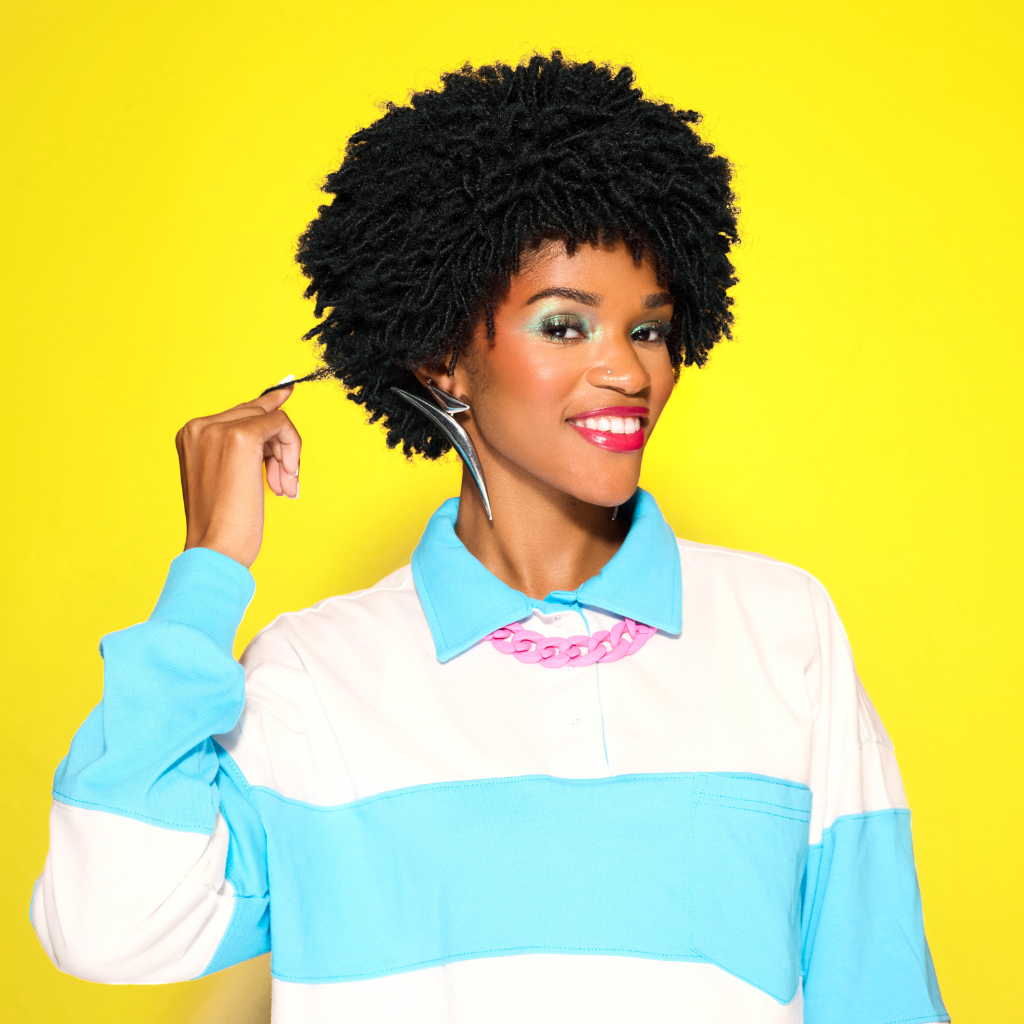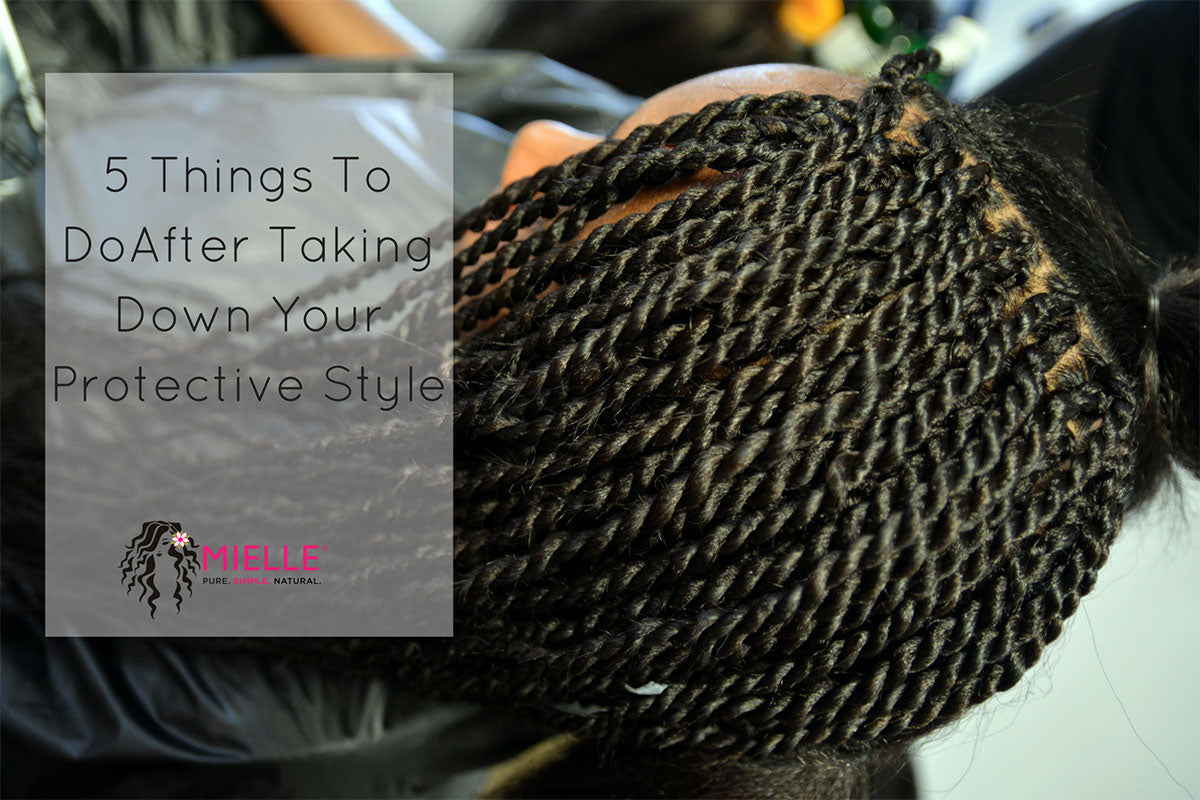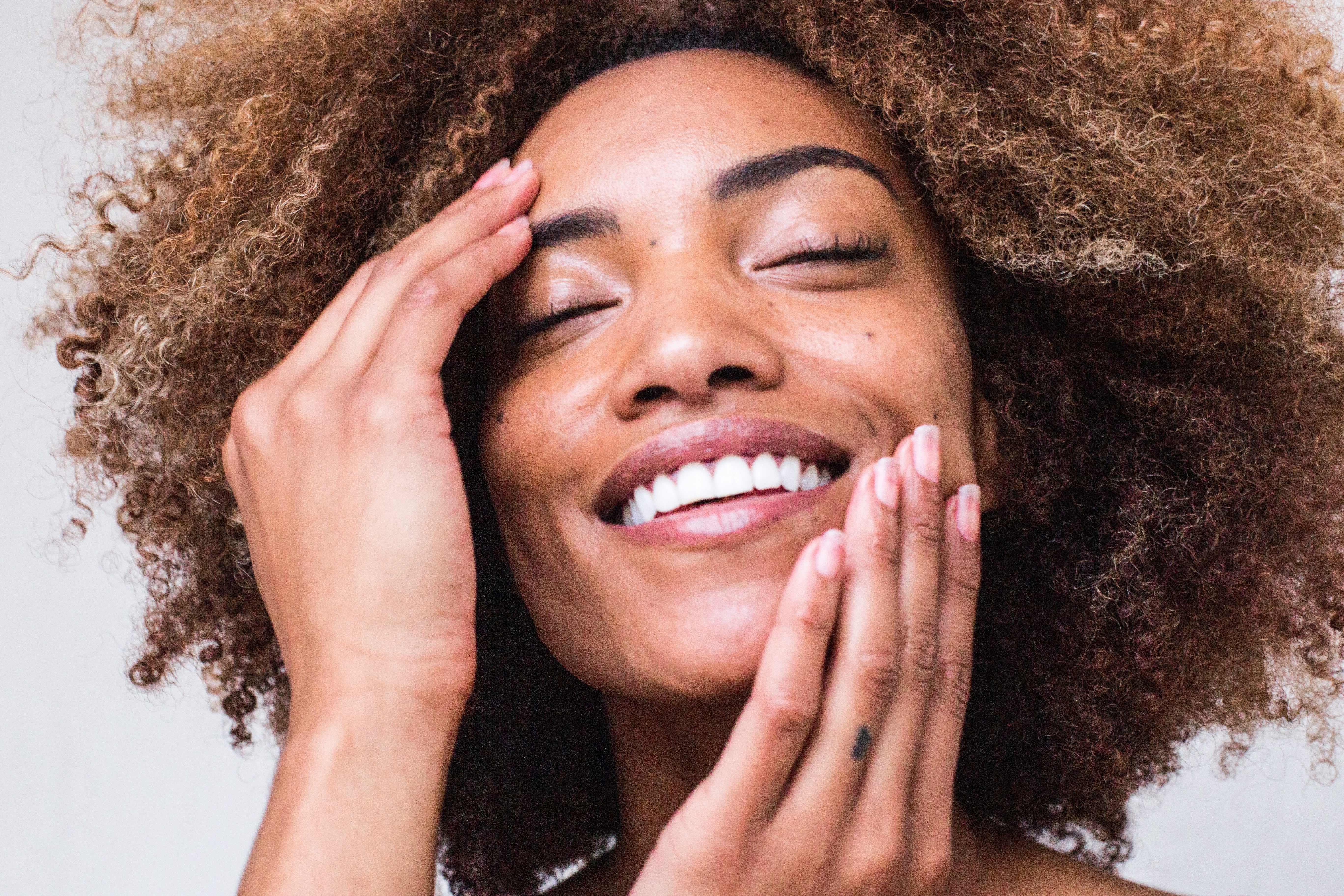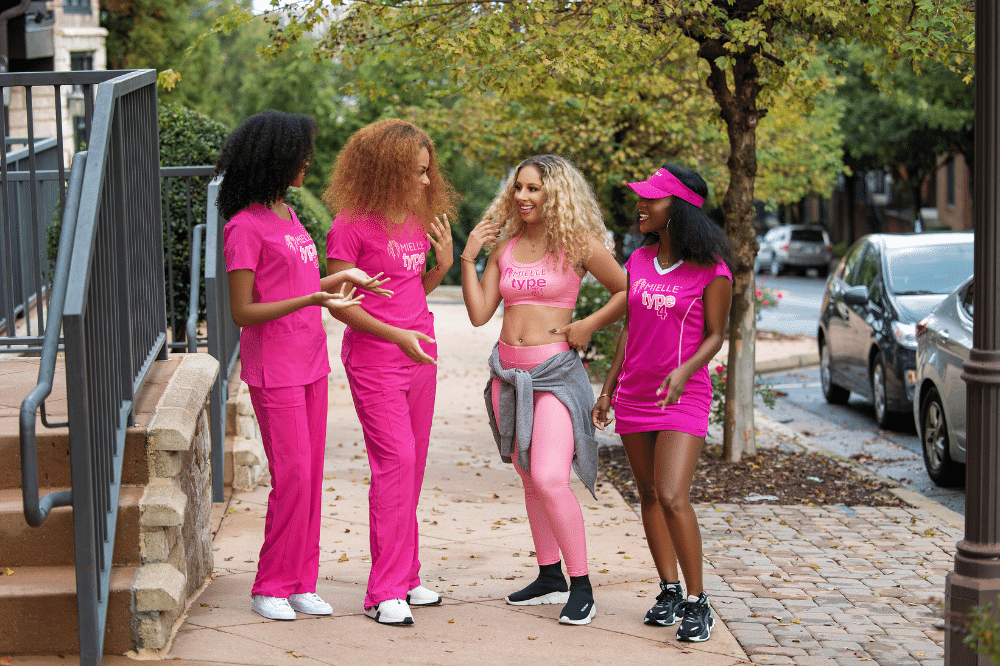By Tiffany Walker
Once you start the journey of embracing and caring for your beautiful head of curly hair, it can be hard to know what you should and shouldn’t do to maintain healthy hair.
For the longest time, people with curly hair have had to accept dry hair and breakage as a fact of life because there wasn’t enough knowledge about what curly hair needs.
The natural hair movement has come a long way, and naturalistas are not settling for anything less than the moisture and definition they deserve. This is where co-washing comes in. What is co-washing hair?
Co-washing (or cowashing) is a combination of the words “conditioner” and “washing.” It is a method of cleansing hair with a conditioner or a store-bought co-washing product.
Why do people co-wash? Can conditioner cleanse hair? How? We’ll answer these questions (and many more) right here.
Why Co-Wash?
Co-washing began in the curly and coily hair community as a way of gently cleansing the hair with natural hair products without stripping it.
When it comes to curly hair, moisture is a bit harder to come by. So balancing moisture from products with the natural oils of the body is key to stunning strands. So, is it bad to wash your hair every day? The squeaky clean feeling that comes from shampoo is a sign that a washing routine is cleaning too well and stripping the hair of its precious moisture. So washing with a moisture-retaining approach like co-washing could help curly girls unlock peak levels of gorgeous hair.
Let’s explore why. Is shampoo bad for your hair?
The Science of Curly Hair
Many curly girls might be wondering: how often should you wash curly hair? The answer depends. Curly hair has two factors to thank for its tendencies towards dryness:
- Follicle shape – Follicles are the holes on your head where your hair comes. While straight hair has perfectly round follicles, curly hair has more of an elliptical or oval shape. This means that the hair that comes out of a curly head bends and curves on its way out of the follicle.
- Sebum – Sebum is the natural oil that comes out of your scalp. It is the reason why follicle shape matters. Straight hair has no problem receiving sebum because it travels straight down. The bends and curves of a curly hair strand keep sebum from traveling as quickly or efficiently—think the slow drive down Lombard Street in San Francisco versus speeding down a traffic-free straight-as-a-pin highway.
Ok, that’s enough science talk (for now). Basically, curlier hair means less sebum on the hair strands, which leads to drier hair. When you co-wash, you remove far less sebum from your scalp and strands than you would with shampoo.
Can All Curl Types Co-Wash?
There are naturalistas across every curl pattern who co-wash. The benefits of co-washing for type 4 hair types are especially apparent because the sebum has even more bends (and kinks) to navigate before it coats the hair strand.
However, if you have finer hair, sebum can more easily coat your strands. That means it will look oilier faster than thicker hair strands. If you have fine hair, co-washing may not be for you.
Can Conditioner Really Wash Your Hair?
By now, you’re probably saying, “Okay, tell it to me straight (pun intended). Is my hair actually going to get clean from conditioner?”
The answer is yes, it can (to some extent). It may seem counterintuitive to cleanse your hair with a product that’s meant to add moisture and oils, but the science of conditioner tells an interesting story. Back to science class, we go!
The Science of Conditioner
First of all, conditioner is more chemically similar to shampoo than you might think, thanks to a chemical compound found in both conditioner and shampoo—surfactant.
All surfactant molecules have two parts:
- Hydrophobic – This part repels water.
- Hydrophilic – This part attracts water.
Because of these qualities, all surfactants cling to things. The water-repelling part will cling to the oil on your hair and scalp, while the water-attracting part clings to water.
Now, you’ll need to know the difference between these two surfactants:
- Cationic surfactants – These are present in conditioners and are positively charged.
- Anionic surfactants – These are present in most shampoos and are negatively charged.
If you’re familiar with the concept of “opposites, attract,” you can probably guess what comes next.
The conditioner’s positively charged cationic surfactants are looking for something opposite to cling to, and guess what’s naturally negatively charged? That’s right—your negatively charged hair is just the soulmate conditioner’s cationic surfactants have been searching for.
Thanks to the conditioner's positive charge, it’s better at adding oils than taking them away. That’s where the other ingredients of a conditioner come in, like jojoba oil, shea butter, fatty acids, and other moisturizing elements. Conditioner helps these ingredients bind to the hair to help make your locks soft and luscious.
Here’s a list of some of the cationic surfactants you may find in your conditioner.
- Behentrimonium Methosulfate
- Behentrimonium Chloride
- Stearalkonium Chloride
- Stearamidopropyl dimethylamine
- Steartrimonium Chloride
- Cetrimonium Bromide
- Cetrimonium Chloride
- Dicetyldimonium Chloride
- Distearyldimonium Chloride
- Polyquaternium 55
Cleansing with Conditioner vs. Shampoo
So, what happens when there’s no shampoo in the equation? If conditioner is your cleanser?
It works. Here’s how:
- Surfactants in conditioner help separate oil and buildup from your scalp – Both kinds of surfactants cling to oil, and they both rinse some amount of oil away by clinging to water. Yes, even your conditioner does this; it’s just less efficient at it than shampoo. So, conditioners do have the ability to cleanse your hair gently.
- Your conditioner’s cationic surfactants work against bacterial formations – A conditioner’s cationic surfactants that have antimicrobial properties, which prevent the formation of bacteria on your hair and scalp. Now that’s a good clean.
Now that the curly hair movement has exploded in popularity and ingenuity, more naturalistas are looking toward raw natural ingredients for their hair care and are shooing away the lab-created ones.
This is totally fine for regular hair care (you’ll be hard-pressed to find a new-school natural hair product that doesn’t contain a ton of natural ingredients anyway). However, you shouldn’t shy away from surfactants when it comes to co-washing because they have so many cleansing benefits for your locks.
That’s why when co-washing your hair, it’s essential to be sure that your conditioner contains a cationic surfactant. A conditioner full of raw oils may feel good, but at the end of the day, it’s just not cleansing your head and is not the best co-wash for curly hair.
Scrubbing Power
The act of scrubbing provides cleansing power too. Think about what would happen if you just squeezed a glob of shampoo directly on your hair, then let the water rinse it away without scrubbing at all. As you can probably guess, not much would happen. Your hair wouldn’t be very clean.
The same concept goes for co-washing. When you apply conditioner, you simply spread it onto your strands. When you wash with a conditioner, you scrub to lift some oil from the scalp.
Does Co-Washing Work?
What if you try co-washing, and it doesn’t deliver the ultra-moisturized strands you were hoping for? Should you go back to shampoo?
Everyone’s hair and scalp are different, so maybe yours need shampoo, but before you give up co-washing, answer these questions:
-
Are you co-washing exclusively? – Co-washing shouldn’t be the only way you cleanse your hair. Even if primarily co-washing works for you, you’ll need to clarify with a shampoo every once in a while, especially if you have an oily scalp. Excessive buildup from products may prevent your hair strands from absorbing moisture.
- Do you know your hair’s porosity? – Knowing your hair’s porosity could be the key to knowing which techniques and products work best on your hair. Your hair may not be retaining the moisture you give it, or the moisture is not absorbed deeply into your hair in the first place.
- Are you focusing on your scalp? – Co-washing isn’t just for your strands. Be sure to focus most of the cleansing on your scalp, just like you would with shampoo. Excess oil on your scalp can block your follicles, prevent hair from getting longer, and cause scalp issues.
- Are you conditioning after co-washing? – Co-washing should be followed by a conditioner to make sure your strands are washed and moisturized.
- Do you have a scalp condition? – If your scalp is excessively oily or sensitive to the ingredients in conditioners, co-washing may not be for you.
How to Co-Wash
So, how to co-wash hair? For the best results, follow these co-washing steps:
- Wet hair thoroughly.
- Apply the conditioner or co-wash.
- Scrub the scalp with the pads of your fingers.
- Rinse hair completely—you’re looking to cleanse, so try not to leave anything behind.
- Apply conditioner to the strands.
- Detangle thoroughly.
- Rinse.
Why Do You Need to Condition After Co-Washing?
Whenever you wash your hair, you should focus mostly on the scalp; the same goes for co-washing. So, you should use a conditioner after co-washing to make sure your strands are moisturized, this time avoiding the scalp.
Can You Buy a Co-Wash?
You can co-wash with a regular conditioner or you can buy a co-wash. Products that are formulated specifically for co-washing will be focused on cleansing (gently, of course). So, they may be lighter and easier to rinse than a regular conditioner. Lightweight co-washes are key to avoiding buildup.
What About Deep Conditioner?
Wondering where deep conditioner fits into the equation? Here’s how to work deep conditioning into your co-washing routine:
- As a co-wash – Deep conditioners are made up of ingredients that are meant to penetrate your hair more deeply than a regular conditioner, so while they may provide more moisture, it may also become a source of buildup if you co-wash with them.
Deep conditioners also tend to cost more and come in smaller jars. Our advice? Save your deep conditioner for once in a while, sis. A regular conditioner or co-wash should work just fine.
- After co-washing – You can definitely deep condition after co-washing, but not after every co-wash. That may lead to buildup over time, which means dull, heavy hair and an itchy scalp. No thanks!
For Your Co-Washing Needs, Trust Mielle Organics
Co-washing doesn’t have to be complicated. Start your co-washing journey the right way with balanced, moisturizing, and natural ingredients that your hair will love. Explore Mielle’s extensive collection of moisturizing conditioners or simply try Mielle’s detangler for natural hair co-wash, specially formulated for a hydrating cleanse.
Sources:
- Indian Journal of Dermatology. Human Hair Keratin Network and Curvature. https://onlinelibrary.wiley.com/doi/abs/10.1111/j.1365-4632.2007.03454.x
- Paramount Beauty. Learn the Science of Curly Hair. https://www.paramountbeauty.com/blog/for_you/learn_the_science_of_curly_hair
- The Trichological Society. Surfactants and Shampoos. https://www.hairscientists.org/surfactants-and-shampoos
- ScienceDirect. Cationic Surfactants. https://www.sciencedirect.com/topics/pharmacology-toxicology-and-pharmaceutical-science/cationic-surfactants#:~:text=Cationic%20surfactants%20are%20essentially%20quaternary,%2C%20cetrimonium%20and%20cethexonium%20bromides
- ThoughtCo. How Shampoo Works. https://www.thoughtco.com/how-shampoo-works-607853
- Current Opinion in Colloid and Interface Science. Structure–activity relationship of cationic surfactants as antimicrobial agents
- https://www.sciencedirect.com/science/article/abs/pii/S1359029419300937#:~:text=Generally%2C%20for%20the%20amino%20acid,less%20potent%2C%20especially%20against%20gram%2D
- Byrdie. 10 Co Wash Mistakes to Avoid for the Healthiest Hair. https://www.byrdie.com/co-wash-mistakes-to-avoid-for-the-healthiest-hair-400127
- Byrdie. The Real Difference Between Co Wash and Conditioner, According to Natural Hair Experts. https://www.byrdie.com/co-washing-natural-hair
